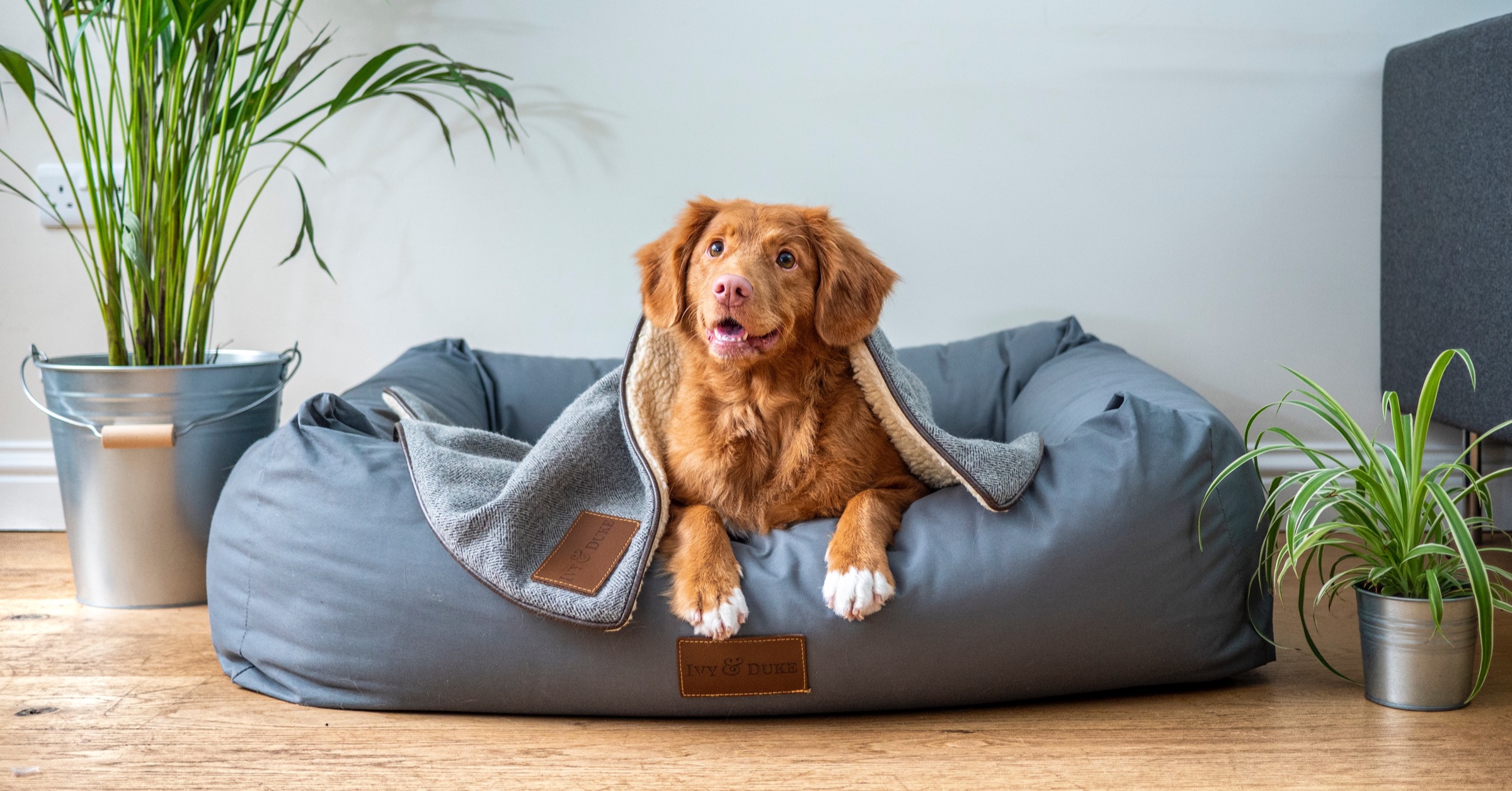- Why Your Dog Doesn’t Listen To You Now


Leash Frustration or Barrier Reactivity:
Being restrained by a leash can increase a dog's frustration, especially if they can't greet freely. Insecurity or Lack of Confidence: Some dogs bark or lunge out of fear, not aggression. Training
Steps to Build Calm Social Skills:
Create Distance First, Start at a distance where your dog can notice another dog without reacting. Distance helps them stay under the threshold. Reward Calm Behavior. Anytime your dog sees another dog and stays calm, mark that behavior with a word like "Yes!" and reward it. You're teaching them that being chill pays off.
Use Engagement Cues:
Teach focus-based commands like "Look at me" to redirect attention.
"Heel" to maintain loose-leash walking. Hand targeting to break eye contact and reset focus. Slowly Close the Gap. Once your dog can remain calm at a distance, gradually decrease the space.
Watch for signs of stress and go back a step if needed.
Incorporate the "Place" Command. Using the impulse control your dog has developed, you can assign a mat or elevated surface to help them settle near other dogs.
Pro Tips for Success:
Avoid off-leash dog parks until your dog has reliable focus and calmness. Use neutral dogs for practice—calm dogs who don't overreact if possible.
Join structured group classes to simulate controlled social situations.
Common Mistakes to Avoid:
Don't scold or yank the leash when your dog reacts—this can increase stress. Avoid pushing your dog into uncomfortable situations too fast. Don't reward pulling or barking, even unintentionally, with attention.
Wrap-Up: Helping your dog stay calm around other dogs takes time, but with consistent training, clear communication, and real-world practice, it's completely achievable. Big N' Small Paws 317 offers private lessons and group training to help dogs stay focused, calm, and social. Contact us today to get started on transforming your dog's behavior around other pups.